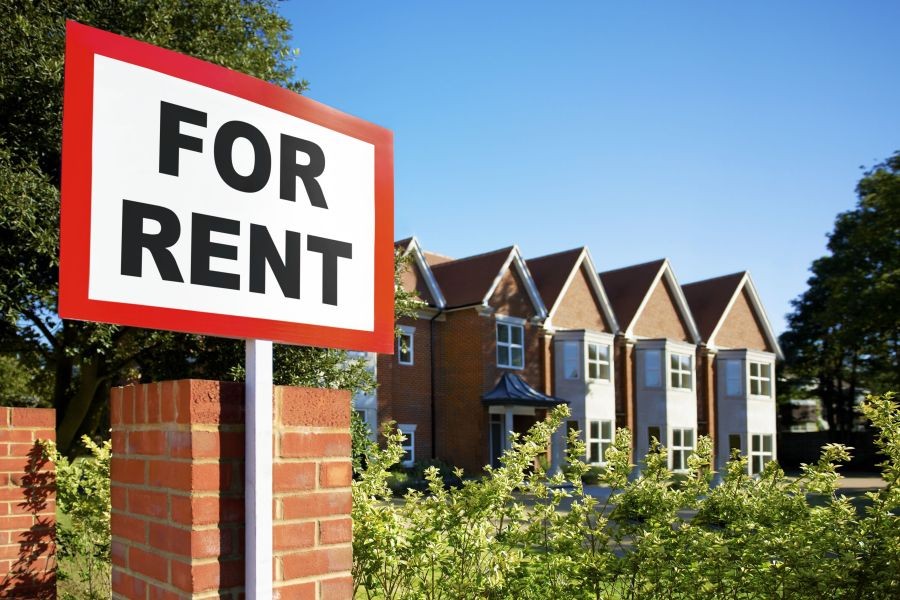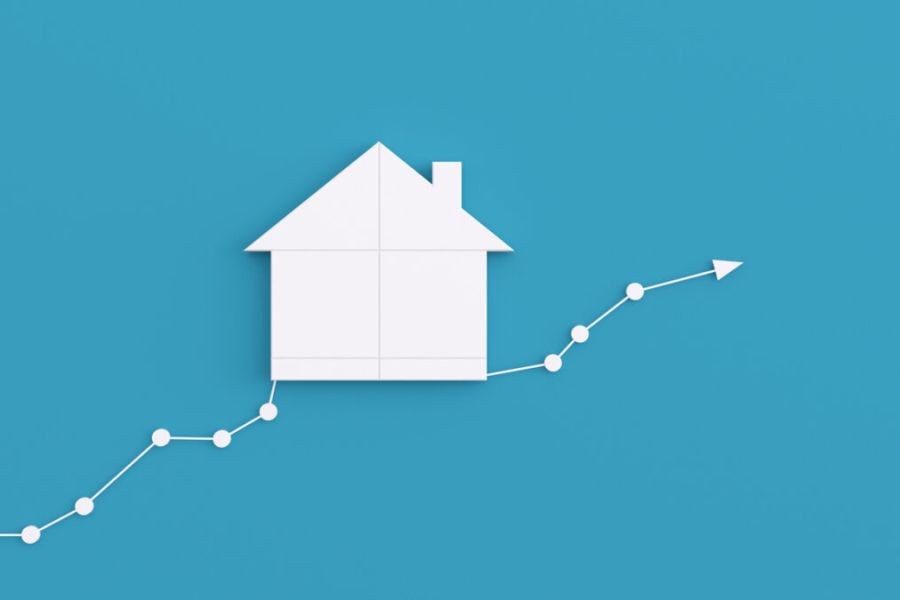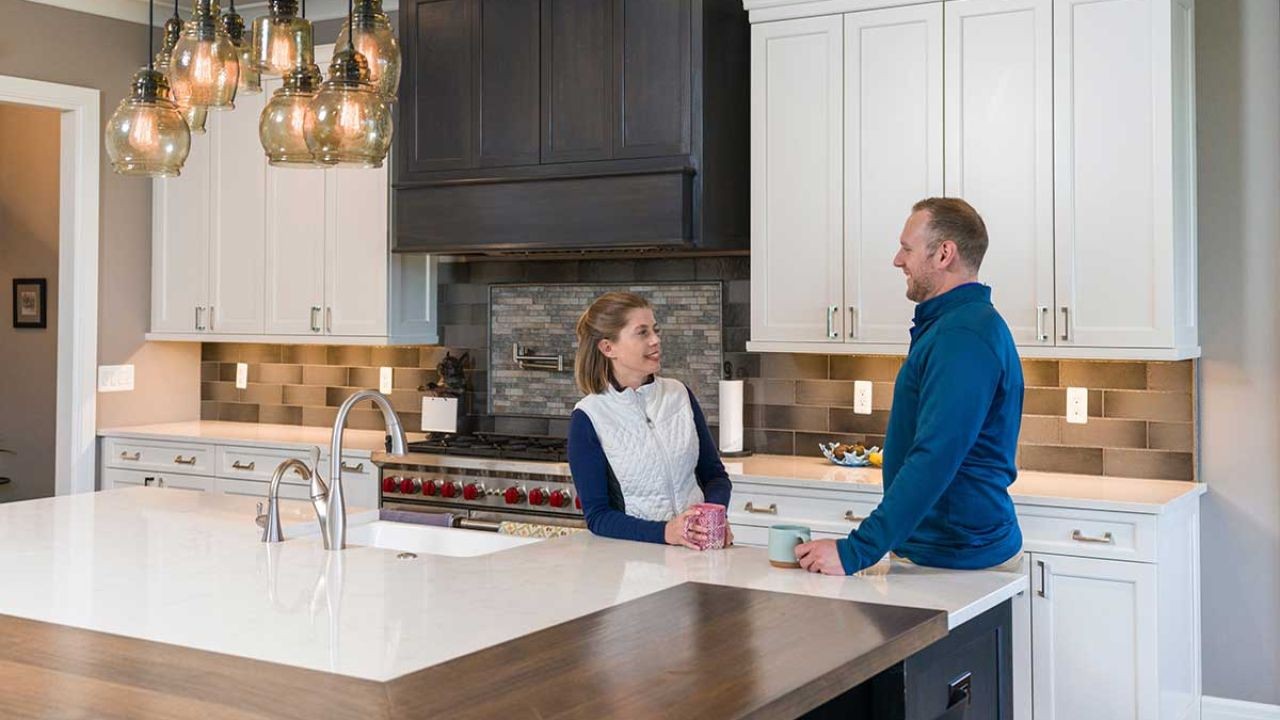Renovating a rental property in New Zealand is not just about enhancing its aesthetic appeal; it's a strategic investment that can significantly boost your return on investment (ROI). However, the nuances of the Kiwi real estate market demand a keen understanding of local factors, industry trends, and economic forecasts. This comprehensive guide will delve into actionable strategies, expert insights, and real-world examples, tailored specifically for the New Zealand context.
Understanding the New Zealand Rental Market
New Zealand's rental market is deeply intertwined with its economic landscape. According to Stats NZ, the median weekly rent increased by 22% between 2015 and 2023. This trend highlights the growing demand for rental properties, driven by urbanization and population growth. As a property owner, understanding these dynamics is crucial for making informed renovation decisions that maximize ROI.
Step 1: Strategic Planning and Budgeting
Before diving into renovations, it's imperative to develop a well-structured plan. This involves setting a realistic budget, identifying key areas of improvement, and ensuring compliance with local regulations. The Ministry of Business, Innovation, and Employment (MBIE) emphasizes the importance of adhering to the Healthy Homes Standards, which mandate specific heating, insulation, and ventilation requirements for rental properties.
- Research Local Trends: Analyze the preferences of your target demographic. For instance, families may prioritize proximity to schools, while young professionals might value modern amenities.
- Set a Budget: Allocate funds wisely, focusing on high-impact renovations such as kitchen and bathroom upgrades, which typically yield higher returns.
- Compliance: Ensure all renovations meet the Healthy Homes Standards to avoid legal complications and potential fines.
Step 2: Prioritizing High-Impact Renovations
Not all renovations are created equal. Prioritizing projects that offer the most significant ROI is essential. Data from the New Zealand Property Investors’ Federation indicates that kitchen and bathroom remodels can increase property value by up to 20%.
Case Study: Auckland Apartment Transformation
Problem: A property owner in Auckland faced low tenancy rates due to outdated amenities. Rents were below market average, impacting overall profitability.
Action: The owner invested in modernizing the kitchen and bathroom, installing energy-efficient appliances, and implementing smart home technology.
Result: Post-renovation, the apartment achieved full occupancy within two months, with rental income increasing by 30%. Tenants reported higher satisfaction, leading to longer lease terms.
Takeaway: Strategic renovations that align with tenant preferences can significantly enhance property value and rental income.
Step 3: Leveraging Sustainable Practices
Sustainability is not just a buzzword; it's a necessity in today's real estate market. Incorporating eco-friendly features can not only attract environmentally conscious tenants but also reduce long-term operational costs.
- Energy Efficiency: Install LED lighting, energy-efficient appliances, and solar panels to reduce utility expenses.
- Water Conservation: Implement low-flow fixtures and rainwater harvesting systems.
- Material Choices: Opt for sustainable materials such as bamboo flooring and recycled glass countertops.
Common Myths & Mistakes
Renovating rental properties involves navigating through several misconceptions. Here are a few debunked myths:
- Myth: "All renovations increase property value." Reality: Only targeted renovations aligned with tenant needs and market demands enhance value.
- Myth: "DIY renovations are cost-effective." Reality: Poor quality work can lead to higher costs in the long run due to repairs and maintenance.
- Myth: "Renovations guarantee immediate returns." Reality: ROI depends on various factors, including market conditions and tenant demographics.
Future Trends in New Zealand's Rental Market
As New Zealand continues to evolve, several trends are likely to shape the rental property landscape. According to a report by MBIE, urban areas will witness increased demand for rental properties, driven by population growth and urbanization. Property owners should focus on adaptive reuse of spaces, integrating technology, and emphasizing sustainability to remain competitive.
Conclusion
Renovating a rental property in New Zealand requires a strategic approach that considers local market dynamics, tenant preferences, and sustainability. By aligning renovations with these factors, property owners can significantly enhance ROI. As the rental market continues to evolve, staying informed about industry trends and adopting innovative strategies will be key to long-term success.
Ready to maximize your rental property's potential? Share your insights and experiences in the comments below!
People Also Ask (FAQ)
- How does renovating rental properties impact ROI in New Zealand? Renovations tailored to tenant preferences and market demands have been shown to increase ROI by up to 30%, according to the New Zealand Property Investors’ Federation.
- What are common mistakes to avoid when renovating rental properties? Avoid focusing on low-impact renovations and ensure compliance with the Healthy Homes Standards to prevent legal issues and maximize returns.
- What upcoming changes could affect rental property renovations in New Zealand? By 2026, policy updates related to sustainability and energy efficiency are expected to reshape renovation strategies in the rental market.
Related Search Queries
- Best ROI renovations for rental properties
- New Zealand rental property trends 2024
- Compliance with Healthy Homes Standards NZ
- Sustainable renovation practices
- Maximizing rental income in Auckland






























